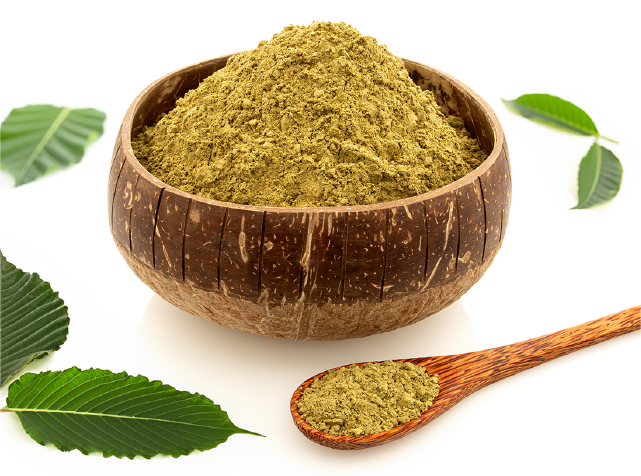Kratom and Its Use in Holistic Health Treatments
Kratom Mitragyna speciosa is a tropical tree native to Southeast Asia, primarily found in countries like Thailand, Malaysia, and Indonesia. Its leaves contain compounds that have psychoactive properties, which has led to its use both as a stimulant and as a pain reliever. In recent years, kratom has gained significant attention in the United States and other parts of the world for its potential role in holistic health treatments. While the use of kratom remains controversial and is not universally accepted by the medical community, its proponents claim that it has various therapeutic effects that can benefit people seeking alternative or complementary treatments for a range of physical and mental health conditions. In holistic health practices, kratom is often utilized for its ability to address both physical and emotional issues. It is most commonly known for its analgesic pain-relieving properties. Many people use kratom to manage chronic pain conditions such as arthritis, fibromyalgia, and back pain.
Kratom leaves contain alkaloids like mitragynine and 7-hydroxymitragynine, which interact with the brain’s opioid receptors, helping to reduce pain and provide a sense of relief. However, unlike traditional opioids, kratom is not typically associated with the same degree of dependence or overdose risks when used responsibly. This has made it an attractive option for individuals seeking a natural alternative to prescription painkillers. Moreover, kratom’s stimulating effects have earned it a place in holistic treatments for energy and mood enhancement. When taken in lower doses, kratom can act as a stimulant, promoting increased alertness, improved focus, and an uplifted mood. This effect is due to its ability to interact with the central nervous system and enhance the release of certain neurotransmitters, such as dopamine and serotonin. For people struggling with conditions like depression, anxiety, or fatigue, kratom may provide a mild but effective lift, helping them cope with daily challenges. In addition to its physical and psychological benefits, kratom has also been explored for its potential to aid in addiction recovery.
Some individuals who are recovering from opioid addiction have turned to kratom as a means of tapering off stronger drugs or managing withdrawal symptoms. Kratom’s interaction with the opioid receptors provides a less intense experience compared to traditional opioids, which can help ease cravings and reduce the discomfort associated with withdrawal. Although kratom is not a medically approved treatment for addiction, its use in harm reduction has sparked significant interest within the holistic health community. Its use has been associated with potential side effects, including nausea, dizziness, and even dependency when used over extended periods. There is also concern about the lack of regulation surrounding kratom, which leads to variability in the potency and quality of the product. Therefore, those considering types of kratom strains as part of a holistic health regimen are urged to consult with healthcare providers to ensure its safety, especially in combination with other medications or treatments. In conclusion, while kratom has garnered attention for its potential in holistic health treatments, it remains a subject of ongoing debate.